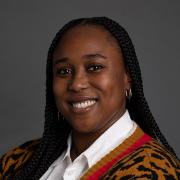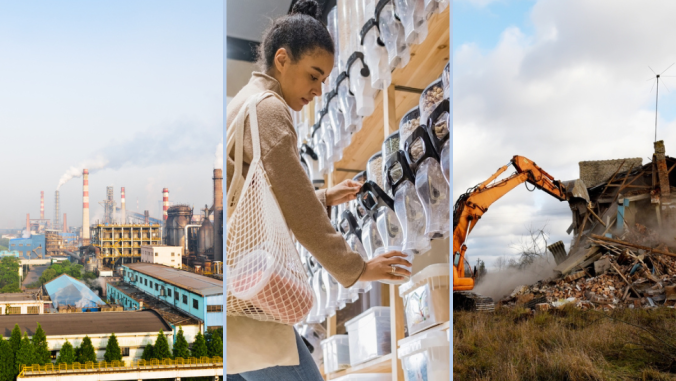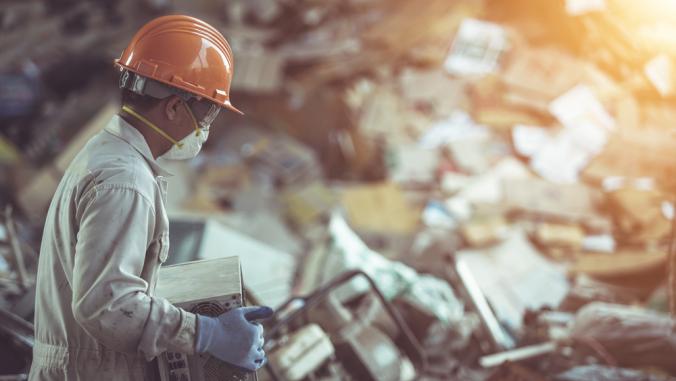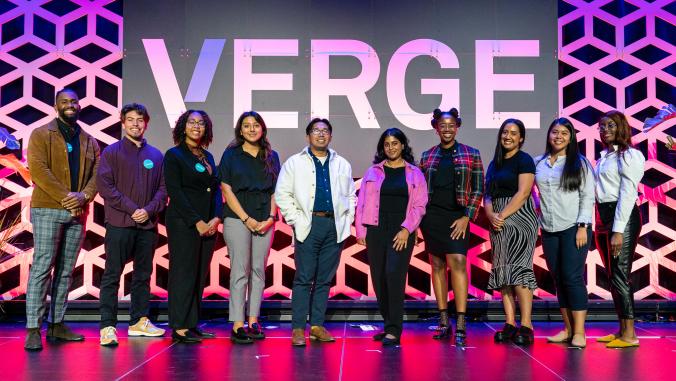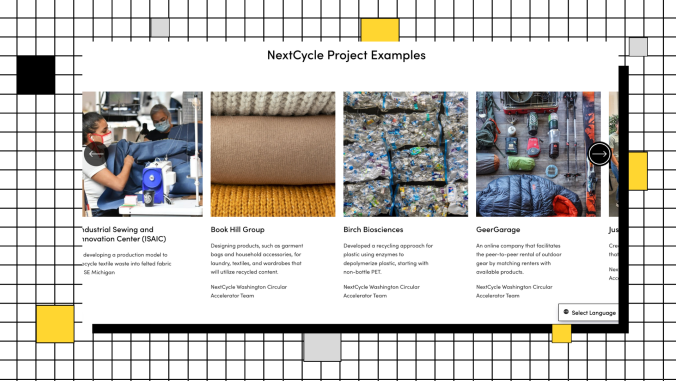"We’ve been pressing the snooze button for 30 years," said Johan Rockström, a co-developer of the planetary boundaries framework, last week during the TED Countdown Summit about the human response to climate change. He reminded the audience that the most recent report from the Intergovernmental Panel on Climate Change is the sixth report from the 195-member body.
"We’re not sleepwalking towards a cliff. We’re sleepwalking in a minefield," Rockström continued, after discussing the Earth’s climate tipping points. "We’re at risk of pressing buttons at every step we take."
Disclosure: My transportation and boarding during the TED Countdown event was paid for by philanthropic donations to TED.
Later on the TED Countdown stage, former U.S. Vice President Al Gore painted the dire picture of the current state of the climate emergency. He pointed to Hurricane Ida’s destruction, 2020’s record temperatures, sea-level rise, the long-lasting drought in the Western U.S. (and other parts of the world, where drought has led to food insecurity) and increasing wildfires around the world.
"We can’t let these conditions become the new normal," Gore said. "It’s not fine. And this is an example of why it’s not fine — a lightning strike hitting a gas leak in the middle of the Gulf of Mexico."
Gore also noted predictions regarding the millions, if not billions of people who will migrate because of climate change — individuals who have become or will become climate refugees.
"If we continue over the next few decades, [uninhabitable areas] are predicted to expand, and billions of people will be in areas where it is not safe to stay outside for more than a couple of hours," he said. The United Nations estimates that 1 billion people could be climate refugees by 2050.
At this point, the impacts of climate change have already arrived, and people’s lives have already been changed by them. But how can governments and corporations respond in a way that can mitigate the future impacts of the climate crisis?
Here are two big ideas from TED speakers that answer the question.
1. Make resources — such as coal and fossil fuels — a thing of the past
Oil and gas companies are continuing to do their legacy work, and the end of it is not in sight. As noted last week, Shell has shared a strategy to become a net-zero company by 2050, but it’s still producing oil and gas because "the world still uses oil and gas."
While on stage, Gore noted that only about 4 percent of investments from oil and gas companies are going towards renewables. "And they’re telling a different story to Wall Street," he said.
The story that they’re telling Wall Street is related to their increased investment in plastics.
During her talk, Canadian climate campaigner Tzeporah Berman — international program director at Stand.Earth and chair of the Fossil Fuel Non-Proliferation Treaty Initiative — noted that governments are regulating emissions but not the production of fossil fuels. And that’s a problem.
"I will never forget the day that I sat with the Paris Agreement and I searched for the words fossil fuels, oil, gas, coal," Berman said. "They didn’t appear, not even once, in the world’s climate agreement."
Berman noted that if the world were to stop expansion today, it has more than enough fossil fuels in existing projects to use while managing a phase-down of their use.
"It’s not a transition if we’re still growing the problem," Berman said.
So, how do we stop growing the problem? Enter the Fossil Fuel Non-Proliferation Treaty, a global initiative to phase out fossil fuels and support a just transition that has received endorsements from city governments — Los Angeles, Sydney and Barcelona, to name a few — climate NGOs and individuals including more than 2,500 scientists, academics and researchers.
"Some of the criticism that we get is that it’s too big, it’s unfeasible, it’ll take too long," Berman said. "For me, the answer is, ‘We don’t have time for more of the same.’"
2. Work with nature and imagine new climate solutions
"We think about saving the ocean from plastic, oil and oil spills, or from fishing," said Susan Ruffo, senior advisor for Ocean and Climate at United Nations Foundation. "We should be thinking about how the ocean is saving us."
The ocean is already saving us from the climate change that we’re creating, by being the world’s largest carbon sink — it currently absorbs almost one-third of anthropogenic CO2 emissions. So how can this huge body of water further help us in addressing climate change impacts?
First, humans have to take care of it to make sure it still functions properly. There’s already evidence that the ocean is warming and acidifying. And sea-level rise is already a reality.
Ruffo pointed to mangroves, which can sequester between four and 10 times as much carbon as terrestrial forests, and oyster reefs as solutions that can protect against coastal storms.
"In this new climate reality that we’ve created, we will have to learn how to live with water and with the ocean in new ways," Ruffo said. And the ocean could have more solutions to offer.
The ocean is a complex system that takes up 70 percent of the planet but we’re just beginning to understand it. For perspective, just 20 percent of the ocean floor has been mapped.
"There’s so much more out there that we could be doing and thinking about as climate solutions and so much that we’re still getting our imaginations around," Ruffo said.

